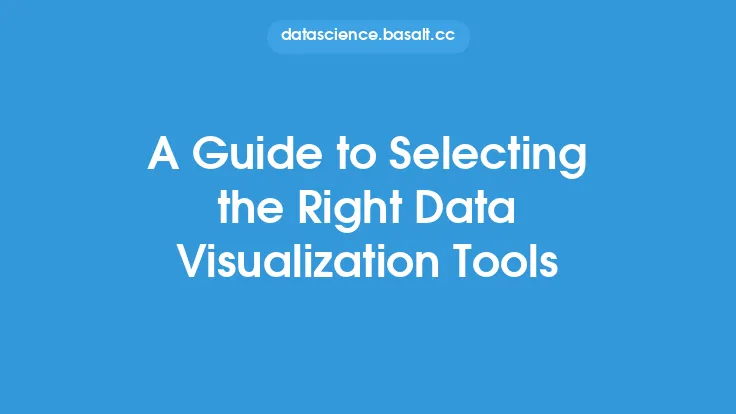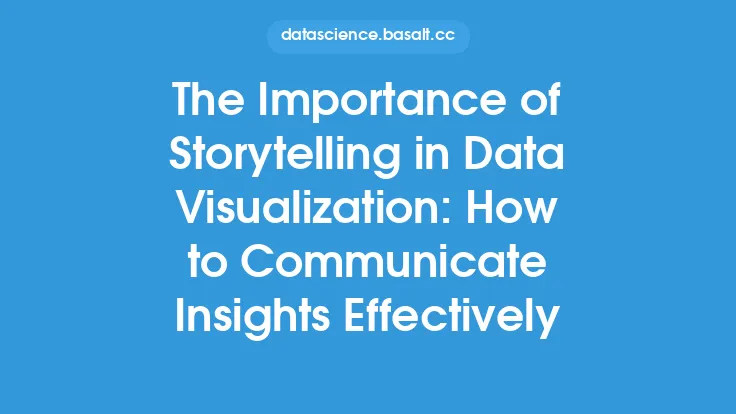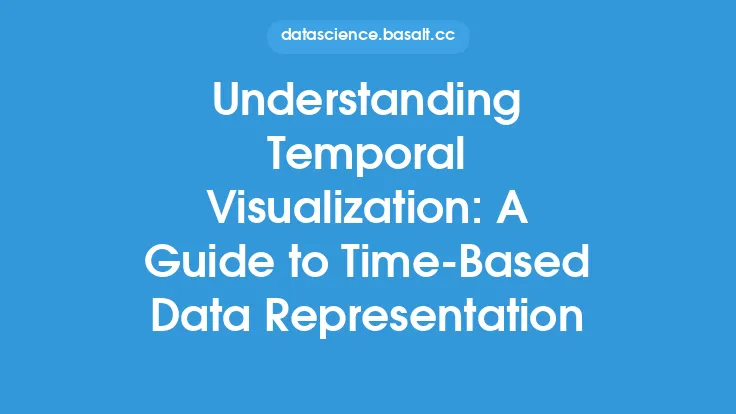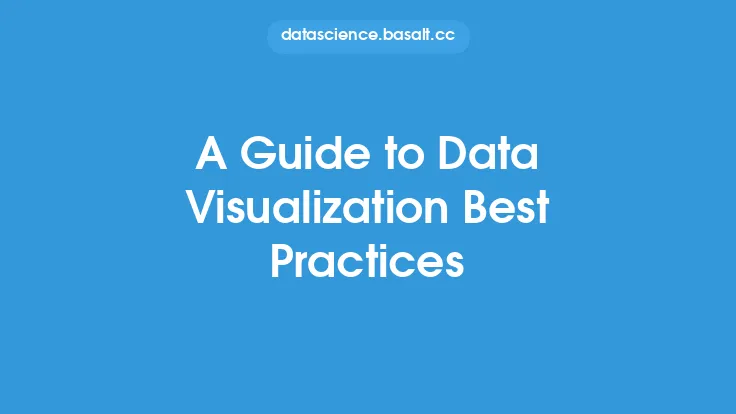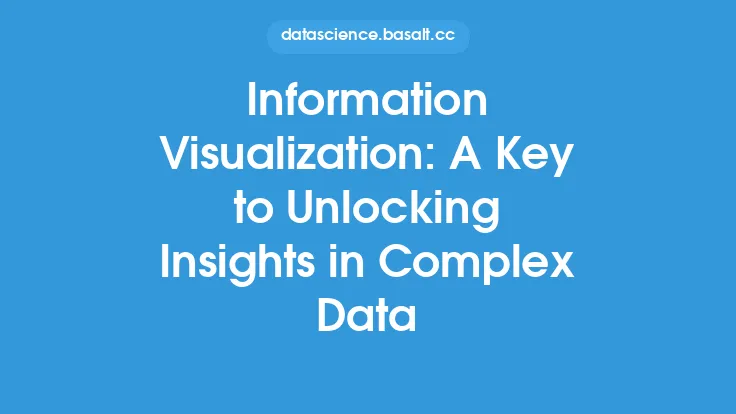Data visualization is a crucial aspect of data analysis, as it enables us to communicate complex information in a clear and concise manner. With the increasing amount of data being generated every day, it's essential to have a solid understanding of the different types of data visualization available. In this article, we'll delve into the world of data visualization types, exploring the various options and their applications.
What are Data Visualization Types?
Data visualization types refer to the different ways in which data can be represented graphically. These types are designed to help us understand and analyze data more effectively, by leveraging the human brain's ability to process visual information more efficiently than text-based data. There are numerous data visualization types, each with its own strengths and weaknesses, and choosing the right one depends on the nature of the data, the story you want to tell, and the audience you're communicating with.
Classification of Data Visualization Types
Data visualization types can be broadly classified into several categories, including:
- Quantitative vs. Qualitative: Quantitative visualizations are used to represent numerical data, while qualitative visualizations are used to represent categorical or textual data.
- Univariate vs. Multivariate: Univariate visualizations are used to represent a single variable, while multivariate visualizations are used to represent multiple variables.
- Static vs. Interactive: Static visualizations are fixed and don't change, while interactive visualizations allow users to engage with the data and explore it in more detail.
- 2D vs. 3D: 2D visualizations are used to represent data on a flat surface, while 3D visualizations are used to represent data in a three-dimensional space.
Characteristics of Effective Data Visualization Types
Effective data visualization types share certain characteristics, including:
- Clarity: The visualization should be easy to understand and interpret.
- Simplicity: The visualization should be simple and uncluttered, avoiding unnecessary complexity.
- Accuracy: The visualization should accurately represent the data, without distortion or bias.
- Relevance: The visualization should be relevant to the story being told and the audience being communicated with.
- Aesthetics: The visualization should be visually appealing and engaging, using color, shape, and size to convey meaning.
Best Practices for Choosing Data Visualization Types
When choosing a data visualization type, there are several best practices to keep in mind, including:
- Know your audience: Choose a visualization type that resonates with your audience and communicates the message effectively.
- Understand your data: Choose a visualization type that is suitable for the type of data you're working with.
- Keep it simple: Avoid using complex visualizations that may confuse or overwhelm your audience.
- Use color effectively: Use color to convey meaning and draw attention to important insights.
- Avoid 3D: Unless necessary, avoid using 3D visualizations, as they can be difficult to interpret and may not be supported by all devices.
Common Data Visualization Types
While there are many data visualization types, some of the most common ones include:
- Scatter plots: Used to visualize the relationship between two variables.
- Bar charts: Used to compare categorical data across different groups.
- Line graphs: Used to track trends and patterns over time.
- Heatmaps: Used to visualize complex relationships between multiple variables.
- Pie charts: Used to show how different categories contribute to a whole.
Advanced Data Visualization Types
In addition to the common data visualization types, there are several advanced types, including:
- Treemaps: Used to visualize hierarchical data and show how different categories relate to each other.
- Bullet charts: Used to measure progress towards goals and track performance metrics.
- Gauge charts: Used to visualize performance metrics and show how they compare to targets.
- Radar charts: Used to compare multiple categories and show how they relate to each other.
- Word clouds: Used to visualize text data and show how different words and phrases are related.
Conclusion
Data visualization types are a crucial aspect of data analysis, enabling us to communicate complex information in a clear and concise manner. By understanding the different types of data visualization available, we can choose the most effective way to represent our data and tell a compelling story. Whether you're working with quantitative or qualitative data, there's a data visualization type that can help you communicate your insights and findings more effectively. By following best practices and choosing the right visualization type, you can create engaging and informative visualizations that resonate with your audience and drive business decisions.
